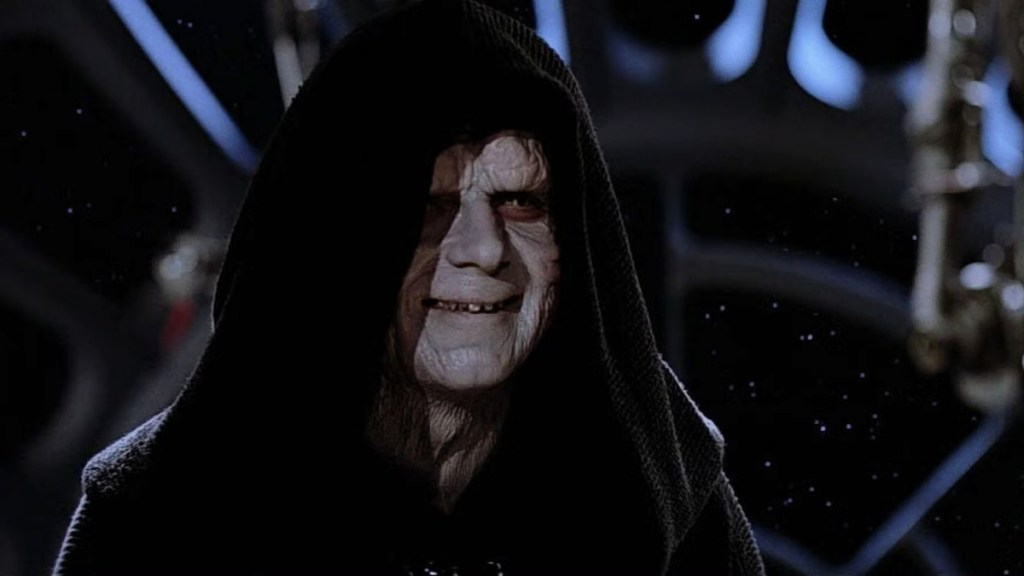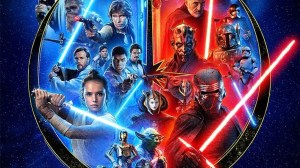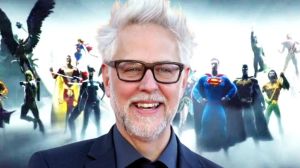Andor has changed the nature of the Star Wars franchise in a big way. While George Lucas introduced viewers to a galaxy (far, far, away) that is full of wondrous alien creatures, worlds, and mysticism (the Force), Tony Gilroy instead chose to focus on how Star Wars reflects the sociopolitical concerns of our times, and how complicated characters earn their “heroic” titles through often-tragic circumstances of duty and thankless sacrifice. It’s a powerful rumination on all the people and situations that had to come together to set up Luke Skywalker for his pivotal destiny as the hero who destroys the Death Star.
Videos by ComicBook.com
Now that Andor has shown us the thought-provoking maturity that Star Wars is capable of, there is another series idea that would serve as a perfect spiritual sequel to Gilroy’s masterful show. That series doesn’t have an exact title, but the subject matter would be clear: an examination of the team building the second Death Star.
Battle of Endor: The Return of the Death Star

“The Battle of Endor” was fought in the climactic act of Star Wars: Return of the Jedi. The Rebel Alliance learned of the Death Star II being constructed over the moon of Endor and launched an ambitious strike against the space station. However, the “ambush” turned out to be a trap set by Emperor Palpatine, as the Death Star II was protected from attack by a shield generator hidden on the planet below. That trap split the Rebel forces, with Luke Skywalker, Han Solo, Leia, and Lando all having to fight on different fronts of the battle to secure the Rebellion’s victory, smash the Empire’s rule, and end the Sith rule of the galaxy.
The Death Star II has never quite held the same kind of prominence as the original battle station. That’s no doubt because its existence was one of the first instances of Star Wars recycling its story tropes – a process that would continue when The Force Awakens introduced “Starkiller Base,” another twist on the Death Star concept. It is a MacGuffin with a capital “M,” as its mere presence in the film instantly created a familiar set of high stakes for the heroes that viewers could easily resonate with, thanks to nostalgia for the original film. The Death Star II’s destruction is similarly less impactful and far less iconic than the destruction of the first Death Star, but that lack of depth may be a great new opportunity for Star Wars.
[RELATED: 5 Ideas for More Star Wars TV Shows Like Andor]
Who Would Build A Second Death Star?

That’s the question that would be the thematic heart of a series focusing on the building of the Death Star II. Andor revealed in painstaking detail just how long it took the Empire to build the first Death Star, and the insane level of secrecy that was maintained around it. But what about the Death Star II?
In Star Wars canon, the second Death Star was ordered into production immediately following the destruction of the first station. The requirements for the station saw Palpatine and the Empire loot materials from scrap (Karthon Chop Fields), and was met with several key setbacks compared to the first station, including the feat of keeping it in orbit, the automated methods to build it (self-replicating droids), and the piecemeal stages of construction. All of this construction was done under the authority of a single key figure: Moff Tiaan Jerjerrod.
The real intrigue about a show focused on the Death Star II’s construction would be all the factors surrounding the station. In the canon lore, Palpatine purposefully sabotaged Moff Jerjerrod’s efforts, staging pirate and Rebel raids on the supply shipments, while also allowing spies to reach the Rebellion with word of the Death Star II’s construction. That’s a great way for a show to keep to Andor’s ground-level focus, while still integrating fantastical characters like the Emperor. The expanded lore of Star Wars has introduced characters like Bevelyn and Jon Melton, two workers on the Death Star II who were secretly spies for Lady Qi’ra and her Crimson Dawn syndicate, and eventually escaped to deliver the Death Star plans. Their story was told in comics, but there’s room for their live-action appearance, as well.
Taken altogether, a show about the Death Star II would be another sort of sociopolitical espionage drama that Andor was. However, this time around, the focus would be on those characters (new and established) who find themselves in the shadow of one of the galaxy’s darkest and most deadly evil legacies. Watching everyday members of the Empire engaged in something they know, beyond all doubts and lies, is a tool of genocide and terror, is the human drama connection that fans want more of, conveyed by complex morally-compromised characters who are squeezed between the rock of fascist agenda and a hard place of personal morals and a sense of duty… whatever form that takes.
Andor is streaming on Disney+.








